Celebrating Filipino Ethnicity through Vesti
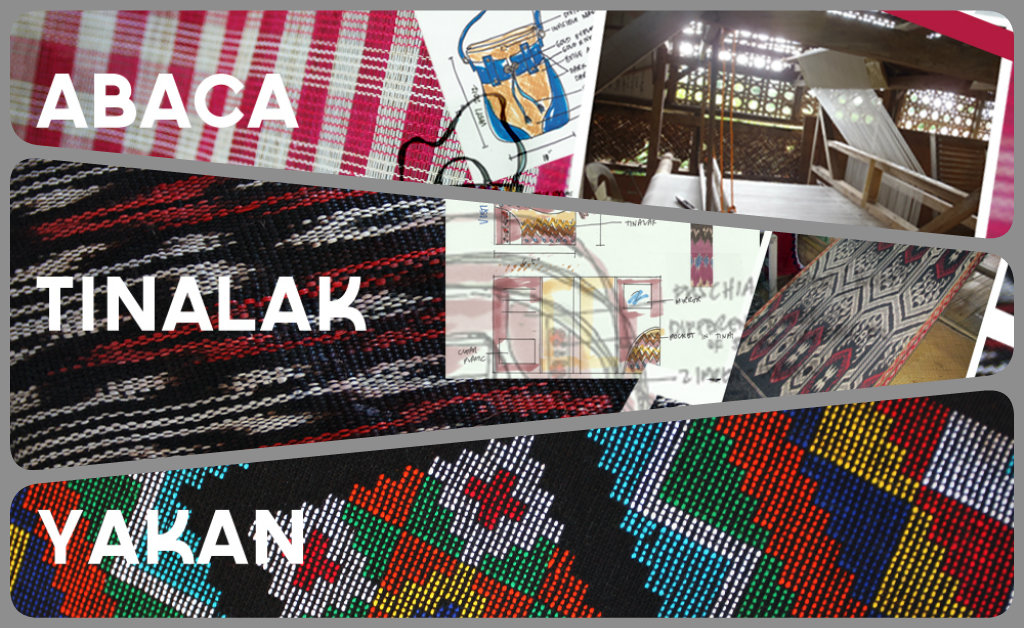
The true and unified Filipino ethnicity is not quite clear to many. Filipinos have long been divided by regionalistic differences. In a small country like the Philippines, people have to contend with different dialects, practices, clothing, behavior, and products.
The Filipino Race
The human race has a general classification of race which is primarily based on color. Caucasian represents the white races, Ethiopian represents the black races, Mongolian represents the yellow races, Native Americans represent the red races, and the Malay represents the brown races in which Filipinos are included. It has to be noted however that the definition of race goes beyond color. Color is just probably the easiest point of identification which can be used to classify.
The Filipinos are in good company with the Thais, Malaysians, Burmese, and the Pacific Islanders in belonging to the Malay race. In spite of belonging to the same race however, these groups have obvious differences. This is not all surprising since Filipinos have marked differences as well regardless of the fact that they occupy the same country. This fact has been partly blamed to the topography of the country consisting of islands which tend to physically separate Filipinos and the foreign influence which each part of the country has been subjected to.
Unity in Diversity
There are efforts being exerted to bridge the gap that has been identified to produce one Filipino identity. The institution of the Filipino language that seeks to include words from Visayas and Mindanao instead of purely limiting it to the Tagalog dialect from Luzon is one such effort. Another is the alternate representation of the national Filipino costume specifically in international events to include styles identified with other regions of the Philippines. Even the products branded as Philippine made now include a wide variety, each coming with its own identity from its specific region. The only difference now is that they now represent the Filipino ethnicity at its best.
There are materials identified with specific regions. Mindanao has long been known for making indigenous fabrics such as Tinalak, Yakan, Hinabol, Abaca, Mindanao Silk, and Jute, among others. Their use for more mainstream products was a long time coming.
Vesti
When designer Martha Rodriguez found a best-seller in her hands in December 2010 via a circular sling bag made from abaca which she herself designed, it was almost expected that something productive will come out of it. Vesti was born not long after as a brand of bags that will showcase indigenous materials from Mindanano but will come in modern designs and embellishments. Vesti has since been operating under the tagline “Clothing Ethnicity with Modernity”.
The key design of Vesti bags is its woven material. The carefully-woven Mindanao material is shaped to produce bags that are modern and functional while fitting the lifestyle of modern Filipinas. The founder’s goal of building Mindanao pride with her products has finally bore fruit as she is wont to say: Yabang Mindanao, Yabang Pinoy.
My Say
It is amazing how the beauty of Mindanao’s culture and artistry can be seen from seemingly everyday products like bags. This shows that we need not go to great lengths to show how much we love our country. We can start by patronizing locally made products that will answer our personal requirements. Let us help celebrate Filipino ethnicity through Vesti.
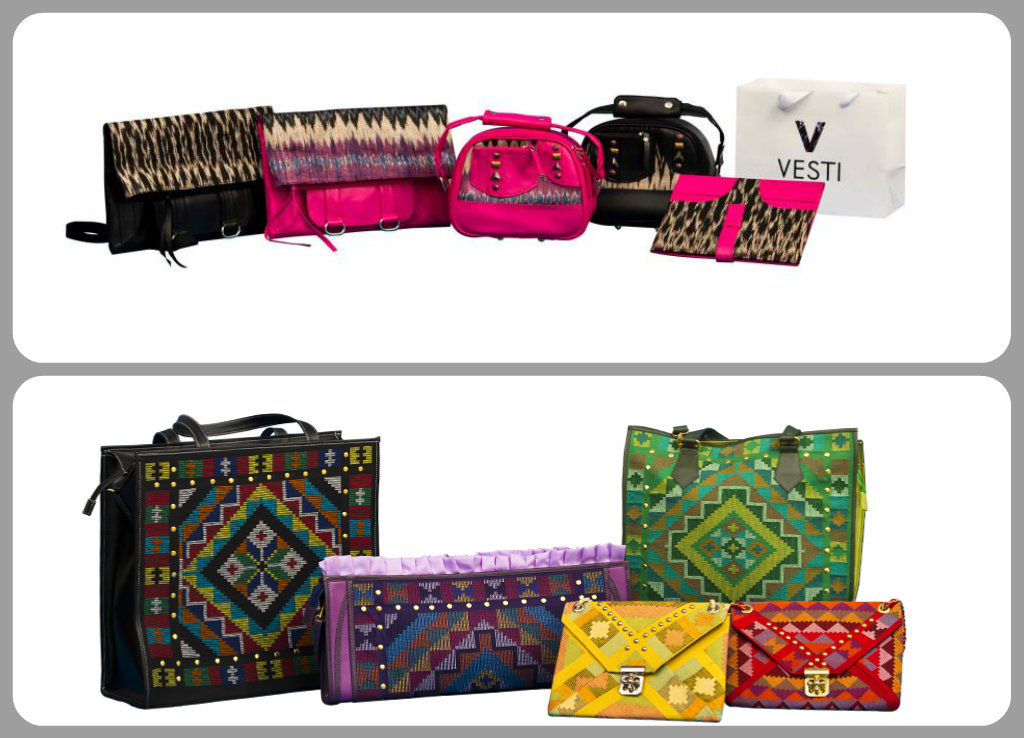

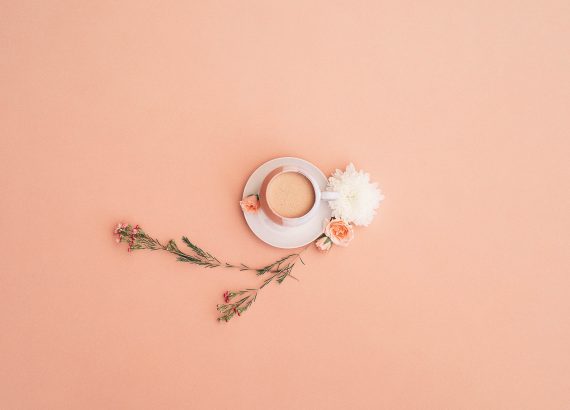
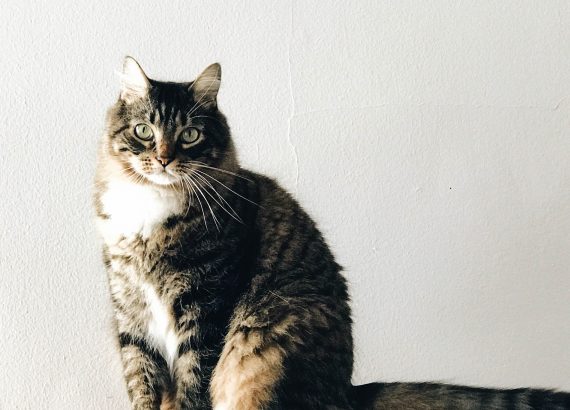
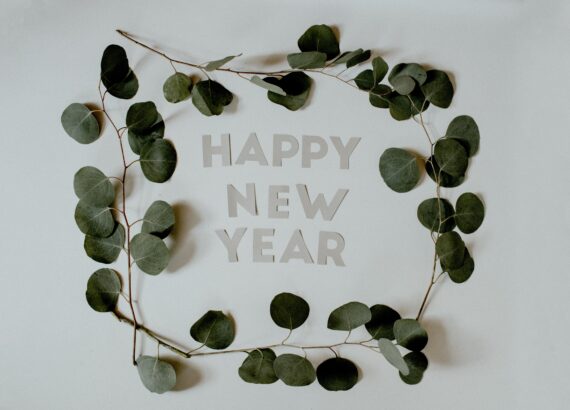

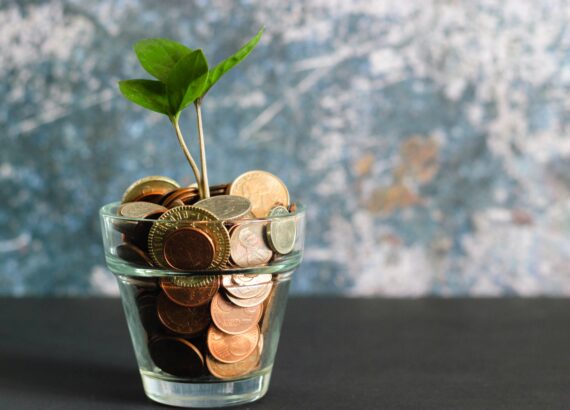
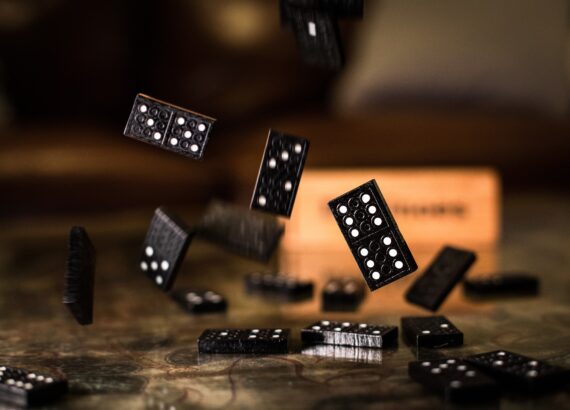


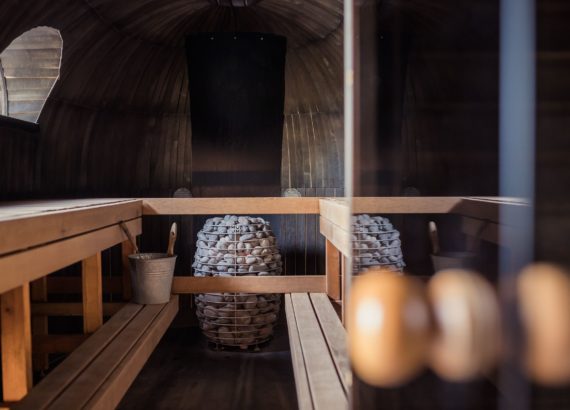
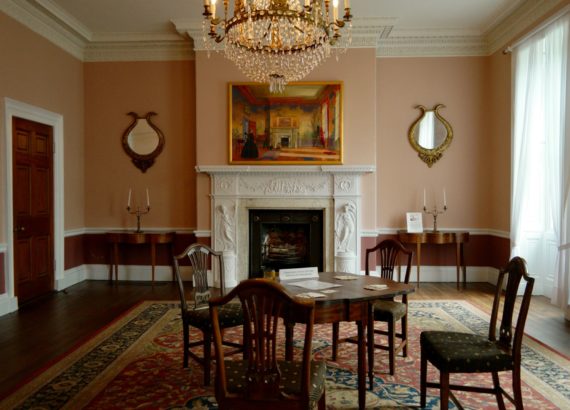
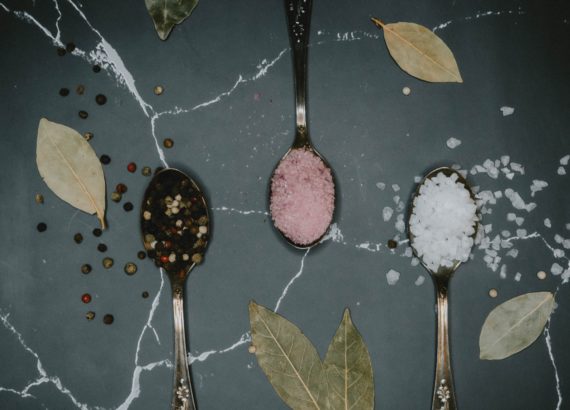

Pinoy Travel Freak
Filipino ethnicity is something we should be proud of. And yes, we should patronize our locally made products. When I travel, I make sure to buy and bring home local products of the place.
Teresa Martinez
That is how it should be for us to be of real help.
RonLeyba
A colorful and classy work of art. Just like how the colorful the Vintas are. Thanks for sharing this one.
Teresa Martinez
Ye, these products can be considered works of art.
Donald Pagulong
Which class i have attended, Sociology or History class? Great info sis. I agree much with your observation. We should patronize our own local products. It is about time that we forget what we call “Imported Mentality”. Our products are world-class. A little push from consumers and these products will be world-known.
Teresa Martinez
Just can’t help throwing in important information. Our products are indeed world- class.
Kenneth Ravida
United but still diversed thats what amakes Filipinos unique, and the bags are beautiful, done with art
Teresa Martinez
Quite true. It’s worth thinking about the areas where Filipinos can unite instead of divide.
ralph
we should support our locally made products and be proud by using them… in doing this, we help the workers who do these products… we help the country. Yahweh bless.
Teresa Martinez
Filipinos have so much talent and so much resources that it would be such a waste not to put them to good use.
Mary Jane Tauyan Fitzsimmons
all their designs looks really great! i always admire designs like this. Bought like two bags in vietnam with the same patterns ans very colourful! xx
Teresa Martinez
They do look great, still trying to find a budget for mine.
Maria Teresa
These Vesti bags are really lovely! Are these bags available here in Metro Manila? They are perfect gifts to give to family and friends this Christmas.
Teresa Martinez
Yes, they are available here in the Philippines. Just click on the picture of the bags to be directed to their official site.
Ellen Bernardino
Filipinos are indeed talented, creative and could emerge with the changing times. Like these bag designs which could be in line with imported signature bags.
Teresa Martinez
These bags can certainly hold their own side by side with imported products.
Francis Balgos
These fabrics were a certain distinction..
It’s a real Filipino treat, and ingeniously made.
Very appealing! hope more and more of countrymen would support in promoting this cultural heritage. 🙂
Teresa Martinez
By simply patronizing locally made products, we do our country a great service.
Mi Esimos Boldios
It feels great to see how creative and innovative entrepreneurs are using our own native products as raw material to their own products for the use of certain consumers, it shows how diverse Philippines is yet we are united as one Filipino looking upward to sustainable dev’t of the business sector, Phil. as a whole
Teresa Martinez
It is very encouraging to see entrepreneurs tapping the possibilities of local materials and labor.
Escape Manila
The materials from Mindanao are awesome. They looked really good to the eyes.
Teresa Martinez
These materials from Mindanao have a distinct look and feel to it that makes them so attractive.
Bless
Until now I still have my tinalak coin purse that I bought in the Philippines decade ago 🙂 Very sturdy indeed and got a lot of compliments of how different it is too. Those are very attractive to foreign market.
Teresa Martinez
Isn’t it amazing how natural materials tend to last longer than synthetic ones?
levy
Are those bags expensive? I want to have one if my budget permits. I want the black bag in the 2nd picture.
Teresa Martinez
They aren’t cheap but the price is worth the quality and the beauty.
Franc Ramon
Native clothes are really of high quality and are also creatively done.
Teresa Martinez
Indigenous materials really lend a unique appeal to locally made products.
Franc Ramon
We should really promote locally made products further.
Teresa Martinez
We should and we stand to benefit from it by doing so.
Koko Tamura
ooohhh maybe it would be nice to have a laptop bag or some kind of a messenger’s bag look with it. I always appreciate ethnic items and to have a bag (for my laptop) with that look would really be something
Teresa Martinez
That is such a good idea since many people are bringing their laptops with them so why not do it in style.
Arlene
Ito ang atin! I so proud to be a Filipino much more a Mindanaoan. I have seen how the Yakan cloth is made in a Yakan village in Zamboanga City some years back during the bloggers summit held in that city. I even bought a few table cloth and wallet.
These bags are great gift item for modern and corporate Filipina.
Teresa Martinez
These are indeed great gift ideas. I’d like to see how these indigenous materials are made so I hope I get a chance in the future.
Bless
Those are really great products and I am always proud when I see products here abroad that has trace of ingenuity from the Philippines.
Teresa Martinez
There is every reason to be proud whenever locally made products become popular.
Momgen Reviews
I did not hear about this Vesti but it seems popular and the products are really cool.
Teresa Martinez
It has made its mark by producing bags that use the indigenous materials of Mindanao.
Pepper Tan
That’s Filipino craftsmanship at its finest. We should learn to show our appreciation for Filipino talent by patronizing such products. Sometimes, foreigners dig these more than we do.
Teresa Martinez
It is quite sad when foreigners appreciate local products more than Filipinos do although there are positive signs that more and more Filpinos are starting to better appreciate locally-made products.
Gven-Rose
great products, I like the yellow one… I’d love to have it..
Teresa Martinez
I like any of the big ones. I always have so many things to bring.
che
those designs are very Filipino indeed. Hope there will be more companies like Vesti to promote our culture and country
Teresa Martinez
It is really good to know that there are companies who are intent on promoting quality locally-made products.
Marms
Like all other countries, Philippines has lots resources including it’s own people’s crafty ideas. With proper government support, these ideas on crafts for trade purposes will excel.
Teresa Martinez
Imagine what can be achieved with the proper support from the government.
JessicaWCassidy (@wifetoalineman)
Those are beautiful products Sis and am proud because I am from Mindanao as well 🙂
Teresa Martinez
True, these products should make us proud.
Chubskulit Rose
I don’t know much about MIndanao since I was raised in Luzon. Your post enlightened me.
Teresa Martinez
Thanks, I’m glad the information was useful to you.
Mary Anne Vinzon
Before using other imported goods,we should first use and patronize our own products.First time to see the bag products of Mindanao,they are all made tremendously artistic.
Teresa Martinez
Yes, it makes sense to buy locally made products as we don’t only get to enjoy quality products, we also get to help our economy.
amayachika
The uniqueness of our ethnicity is the factor that keeps us more different from other country. Bind with different culture, tradition and taste of fashion! I Love VESTI PRODUCT!
Teresa Martinez
Filipino ethnicity is really like no other. We can go to greater heights if we use our individual talents for the common good like producing quality products such as these.
Tess Torrecampo (@Blogandme)
Wow, what a great post, well said about Mindanao and its well known local products that. Vesti bag truly represents Filipino Ethnicity.
Teresa Martinez
Thanks for saying so. These products deserve to be promoted in the best way possible.